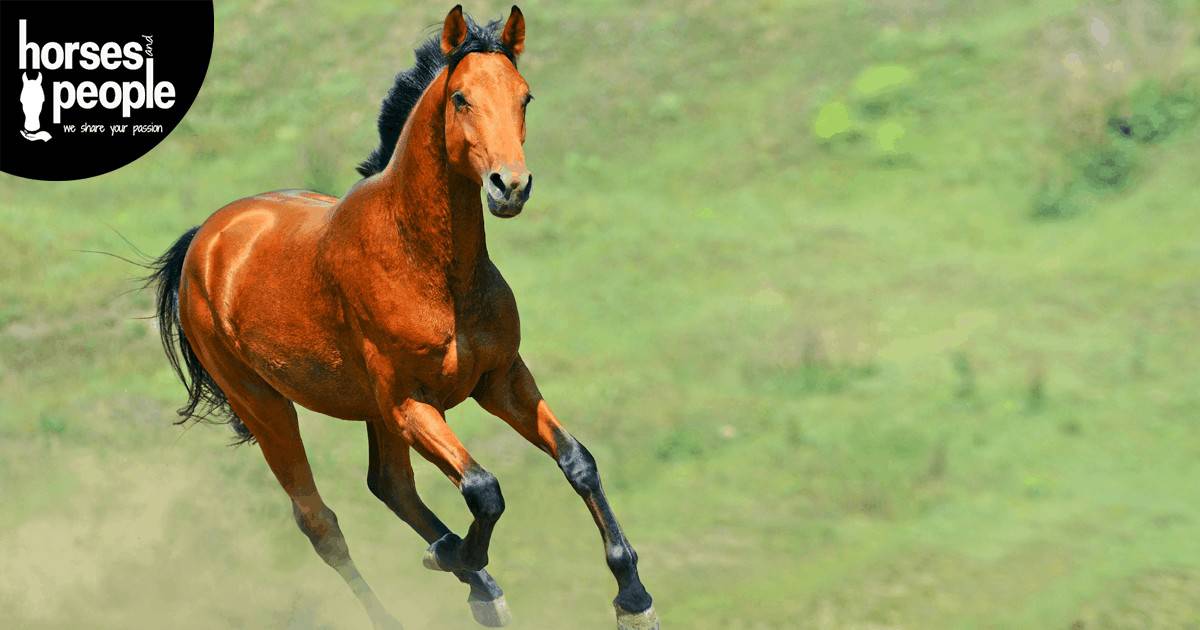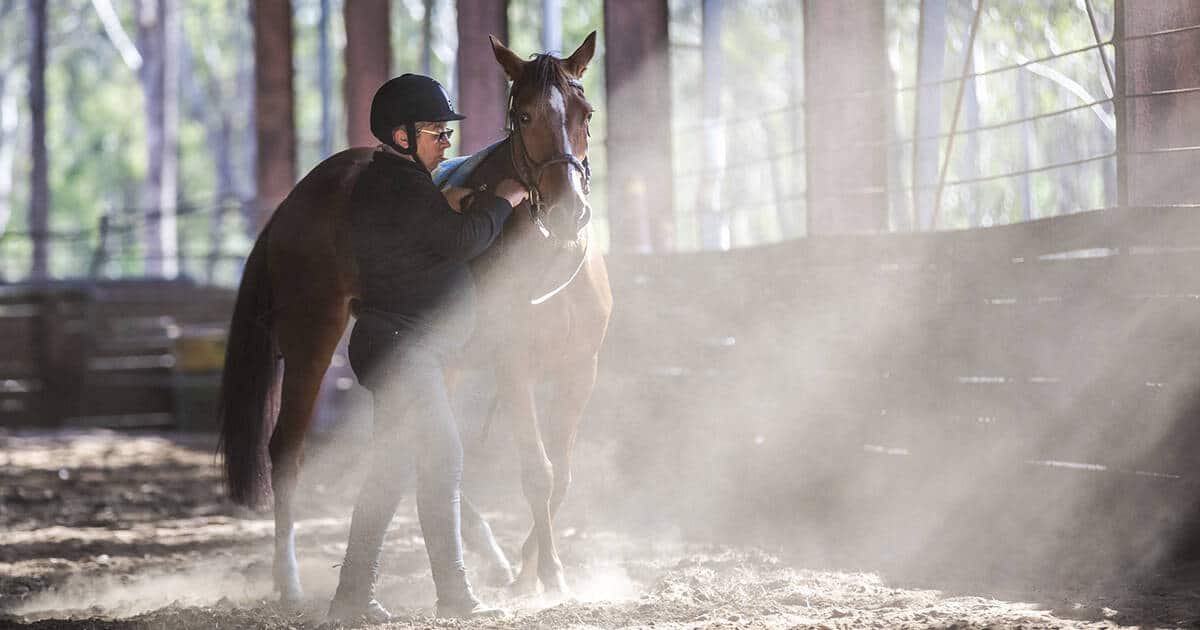After two years of consultation with industry experts, welfare advocacy groups and animal welfare scientists, New Zealand Thoroughbred Racing (NZTR) have released their comprehensive and progressive Thoroughbred Welfare Guidelines. They can be viewed and downloaded here.
The time spent developing these guidelines, and the rules which support them, was necessary to ensure the framework is well considered and reflects the knowledge and perspectives provided by industry participants, equine experts, and external stakeholders, including the Ministry for Primary Industries.
The welfare guidelines have been created around the Five Domains model of welfare assessment and monitoring. They define optimal provisions and aims to reduce avoidable negative experiences and ensure horses enjoy a life worth living. NZTR has been fortunate during the development of the guidelines to have worked in partnership with Professor Emeritus David Mellor, who is globally recognised in the animal welfare field. His input, along with that of other skilled veterinarians and industry stakeholder groups, is evident throughout the comprehensive document.
As part of the welfare strategy, NZTR have also made amendments to the Rules of Racing to allow for better traceability of horses from birth to death. There is a clear onus on each racehorse’s owner, or “accountable person”, to ensure they sell or re-home their horse to someone who is both appropriately skilled and with an appropriate property for horses. There is also a requirement for information relating to foaling, changes of ownership, location, and death or retirement to be promptly submitted.
The Thoroughbred Welfare Guidelines include an adaptation of the Horse Welfare Assessment Guide published by Horses and People magazine, which you can download here.
Earlier this year, I spoke to Martin Burns, NZTR General Manager – Racing and Equine Welfare and asked how they begun the process of development of NZTR’s Welfare Guidelines:
“During 2017 we undertook a detailed review of the welfare of Thoroughbreds in New Zealand which included a workshop with six different experts that included veterinarians, Prof Emeritus David Mellor and other racing leaders.
“We worked through each of the five domains framework in detail, worked through all the different aspects that concerned the management of Thoroughbreds. We took away a revised version of the bullet points under each of those [domains] and then drafted up the components of our welfare policy.
“The minimum standards in our guidelines are set higher than the minimum standards in legislation – these are designed for dealing with levels of cruelty and neglect, whereas [NZTR] want to set conditions and provisions for the horses that are adequate or very good.”
How important has it been to engage with an animal welfare scientist like Professor Emeritus David Mellor?
“It brings credibility. If people want to examine in detail the approach we’re taking, they will see we are taking it from a scientific approach – it gives us a workable framework and it gives us credibility. We’ve been lucky to have David who lives an hour away from where we work, to have the opportunity of a world leader make himself available and engage with us, it’s been terrific.”
How important has it been to embed the concept of horses as sentient beings into the development of the Thoroughbred Welfare Guidelines?
“When it comes to the concept of sentience, a horse is so expressive that you’d have to be blind not to see it, it’s self-evident. It’s not a difficult bridge to cross. The other part is the horse-human bond. Horses bond with humans, and humans bond with horses. When they do, they feel better around each other, so that reflects sentience.
“If you are respecting the dignity of the horse as an individual, I don’t think the word sentience matters. An extreme example would be a horse fatality on a racetrack, the dignity that you afford to the horse that is euthanised, for example using an ambulance as opposed to a tractor to drag it away, even that is part of showing it respect. It’s in the actions [rather than in guidelines] that you show this.”
Do you have tips for others wishing to start meaningful conversations on welfare in their sector?
“Start by talking about what you are doing well. When you do that, you start to uncover things you might not be doing well. But the reality is that the people in horse racing are not there because they have an antipathy towards horses, they are there because they like them and enjoy them and want to be around them. I am talking the typical participant, there’s always going to be the odd crook amongst them. I think people enjoy the horses and they do want to treat them with respect, so starting the conversation with what they are doing well and then, by the way, what are the things we can improve on.
“Other conversations I’ve had with the SPCA, animal welfare groups and government bodies show that, if we’re up front and admit there are compromises in welfare for the horse in its lifetime but we can also show that those compromises are balanced by good experiences, you are moving in the right direction – that’s part of the conversation that we’ve had with them. Invariably, they say; if you can prove that you are making advances and things are going to be done better, then we’re happy.
“So, it’s not an absolute that racing is bad and we should not be racing, or that racing is good, therefore, we should always have racing, if you can improve your practices over time, when it comes to dealing with those informed types of organisations, that can be sufficient.”
How will you communicate the new Thoroughbred Welfare Guidelines?
“In regards to communicating and getting an understanding of it within the industry, we have advocates from within the industry, respected authorities and influencers within the industry that will tell others they agree NZTR is on the right track here, this is what we need, pay attention, get on board. As far as the public is concerned. There are some publications that cater to people with an interest in animal science and welfare, there’s a readership that would pick it up and understand it, but that’s a narrow section of the public. The wider public, that’s a real challenge, it’s a relatively complex area of thought and it’s trying to express it in a way that people don’t think this is just window dressing – how do you say this is actually meaningful?
“I think the five domains provides a framework that can actively assist us in the process. I don’t know, but maybe that’s a longer-term thing. It can certainly be used in response to criticism – if they say, ‘well you people just don’t care’ – we can say well, we’re happy to show you all the things we do that show that we have given this a lot of thought.
“Perhaps, if nothing else, it’s a back-pocket resource that we can use if queried. And we’re fortunate that we’re not in the position that greyhounds were or other sports, who are facing a government review. We’re being proactive at a time when we’re not under critique and we can do it at our pace and using the language we want. So, when the government takes a special interest, we can say here’s our thinking and we can champion education in this area. We’ve already had 80 SPCA’s inspectors through equine training courses at unit standard which is really good. So as their staff transition in and out, or they need to refresh the incoming ones, we can teach them the specific needs of horses.
How different is the racing industry in New Zealand?
In New Zealand we are fortunate to have a single governing body for the sport with no state based organisations. I can see the difficulties are greater in Australia but, again, a horse is a horse and the five domains model applies in the same way, so it will be just a case of how people apply it in their regulations that may differ. Racing Australia could take a leadership role and say, this is a new step in expressing welfare and we’re going to use it universally. We have set provisions that need to be met – and each is as important as the other.
The changes to the Rules of Racing which support the Thoroughbred Welfare Guidelines will come into effect in December and can be viewed here.



















Trackbacks/Pingbacks